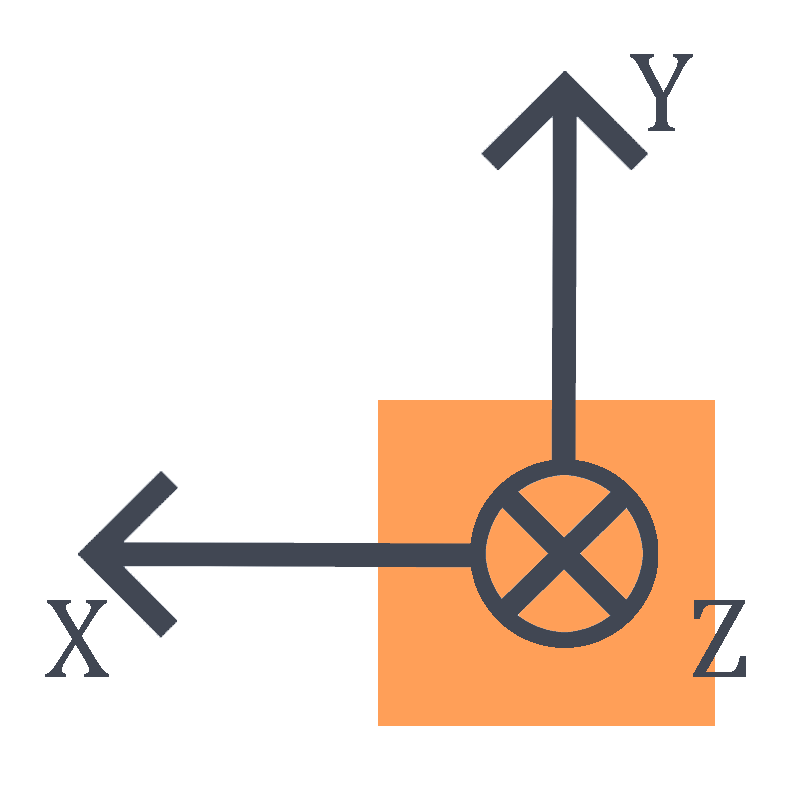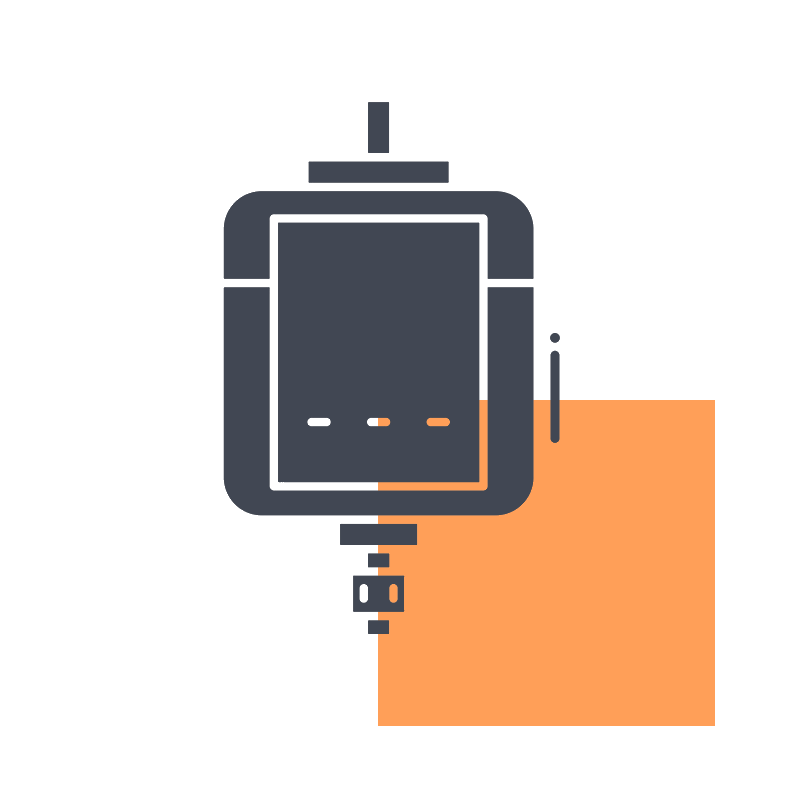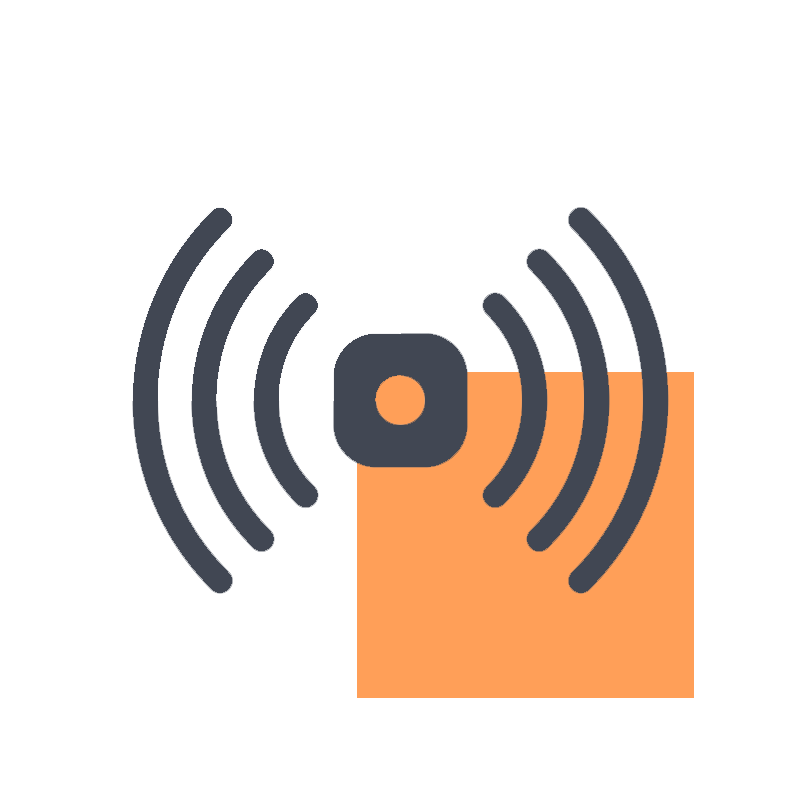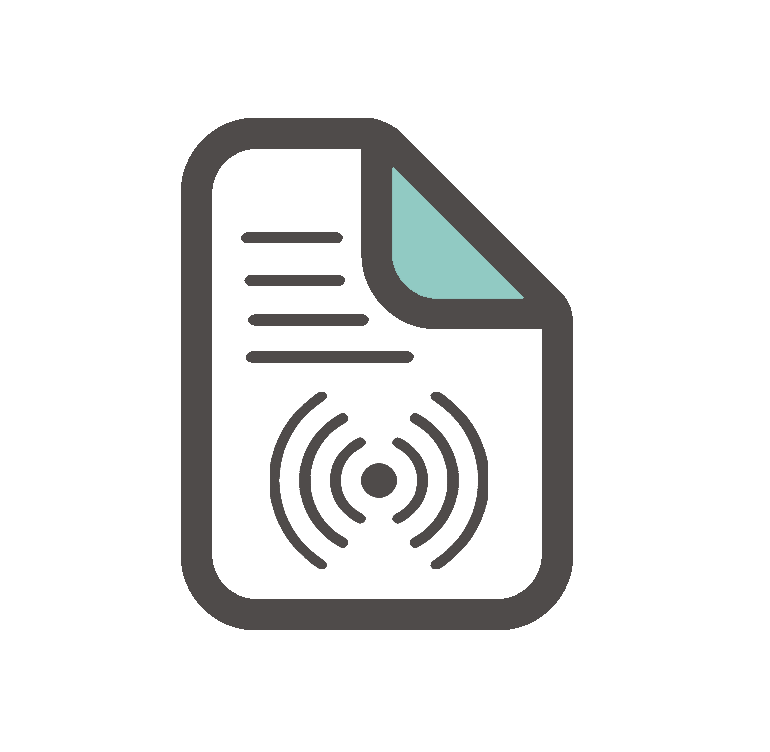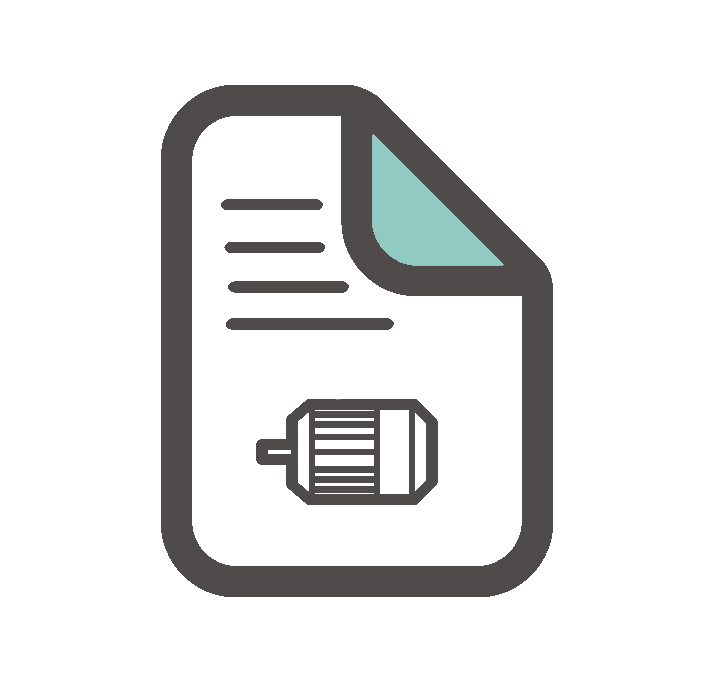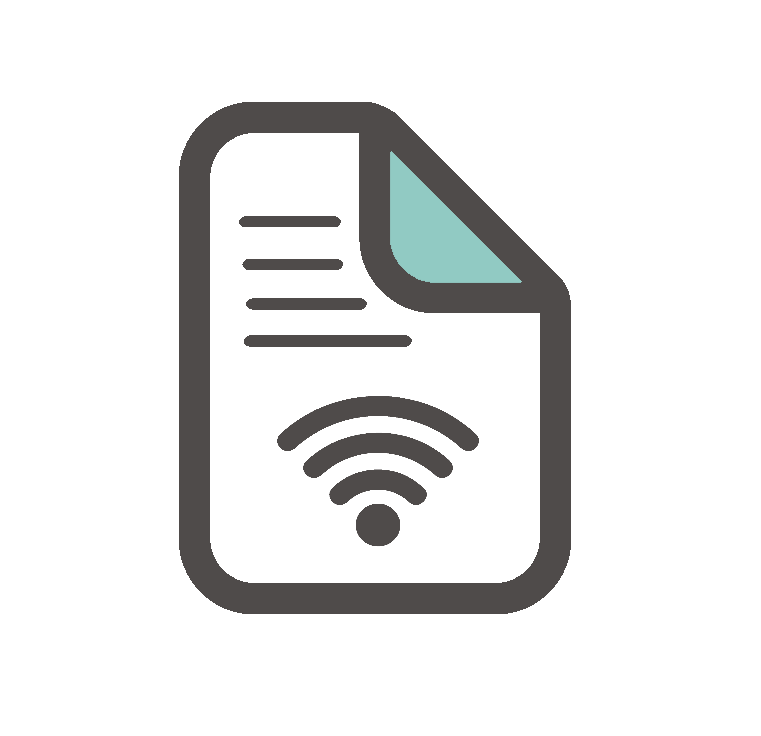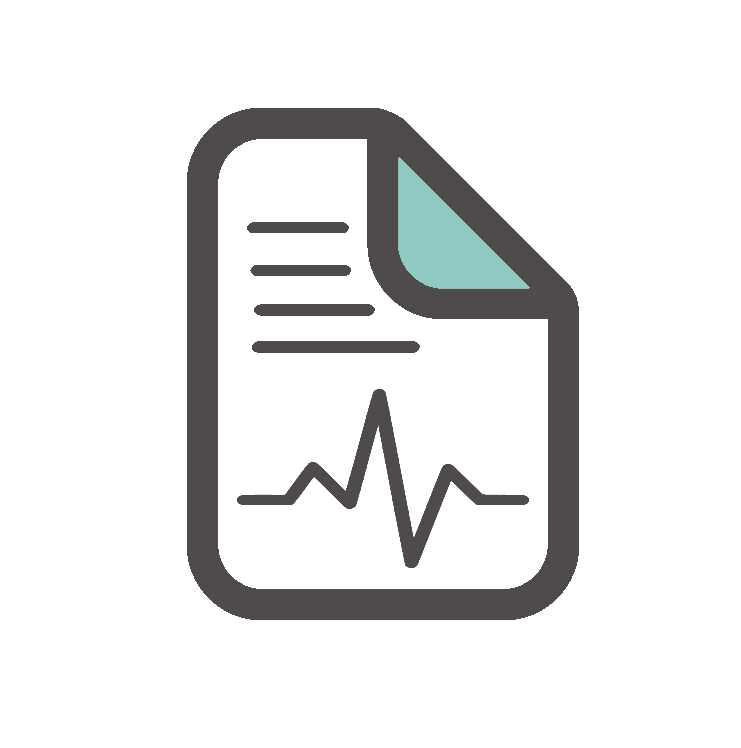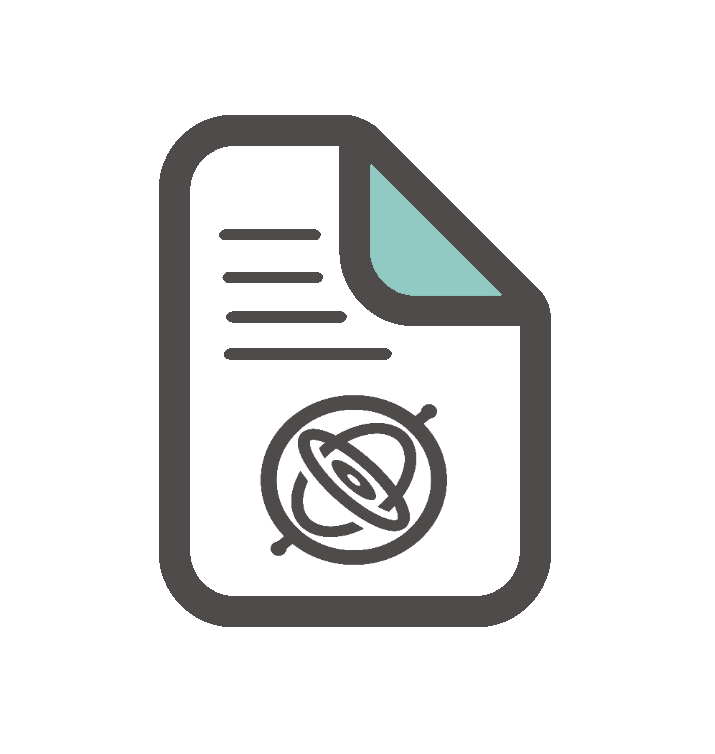Temperature and Humidity sensor
Temperature is the measure of warmth or coldness in reference to a set standard, often expressed in terms of degrees Fahrenheit or Celsius. Humidity refers to the amount of water vapor, or moisture, in the air.
There are generally two types of humidity ie. absolute and relative. The former tells the humidity present in a parcel of air without taking temperature into consideration whereas the latter tells the humidity present in the air concerning the temperature of the air.
If temperature increases it will lead to a decrease in relative humidity, thus the air will become drier whereas when temperature decreases, the air will become wet means the relative humidity will increase.
Temperature and humidity sensor are devices that can convert temperature and humidity into electrical signals that can easily measure temperature and humidity. Temperature humidity transmitters available on the markets, generally measure the amount of temperature and relative humidity in the air, and convert it into electrical signals or other signal forms according to certain rules and output the signal to the instrument or software to meet the environmental monitoring needs of users.
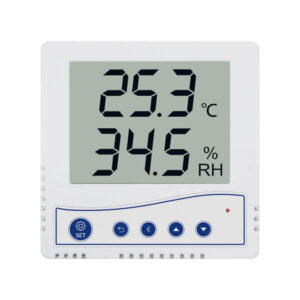
An overview of the SHT20 sensor

SHT20 temperature sensors are temperature and humidity sensors produced in DFN package. These sensors provide calibrated, linearized signals in digital, true I2C format.
With a completely new designed CMOSens chip, a reworked capacitive type humidity sensor and a standard band gap temperature sensor the performance has been lifted even beyond the outstanding level of the previous sensor generation (SHT1x and SHT7x). For example, measures have been taken to stabilize the behavior at high humidity levels.
Every sensor is individually calibrated and tested. Furthermore, the resolution of SHT20 can be changed by command (8/12bit up to 12/14bit for RH/T).
Specification
- Output Type: Digital-I2C
- Temprature Range: -40°C to +125°
- Humidity range: 0 to 100 %RH
For more specifications, please refer to datasheet
SHT20 module Key Features
- ON/OFF LED indicator
- Pin Compatible with GEBRABUS
- It can be used as a daughter board of GebraBit MCU Modules
- Featuring Castellated pad (Assembled as SMD Part)
- Separatable screw parts to reduce the size of the board
- Package: GebraBit small (36.29mm x 32.72mm)
GebraBit SHT20 module
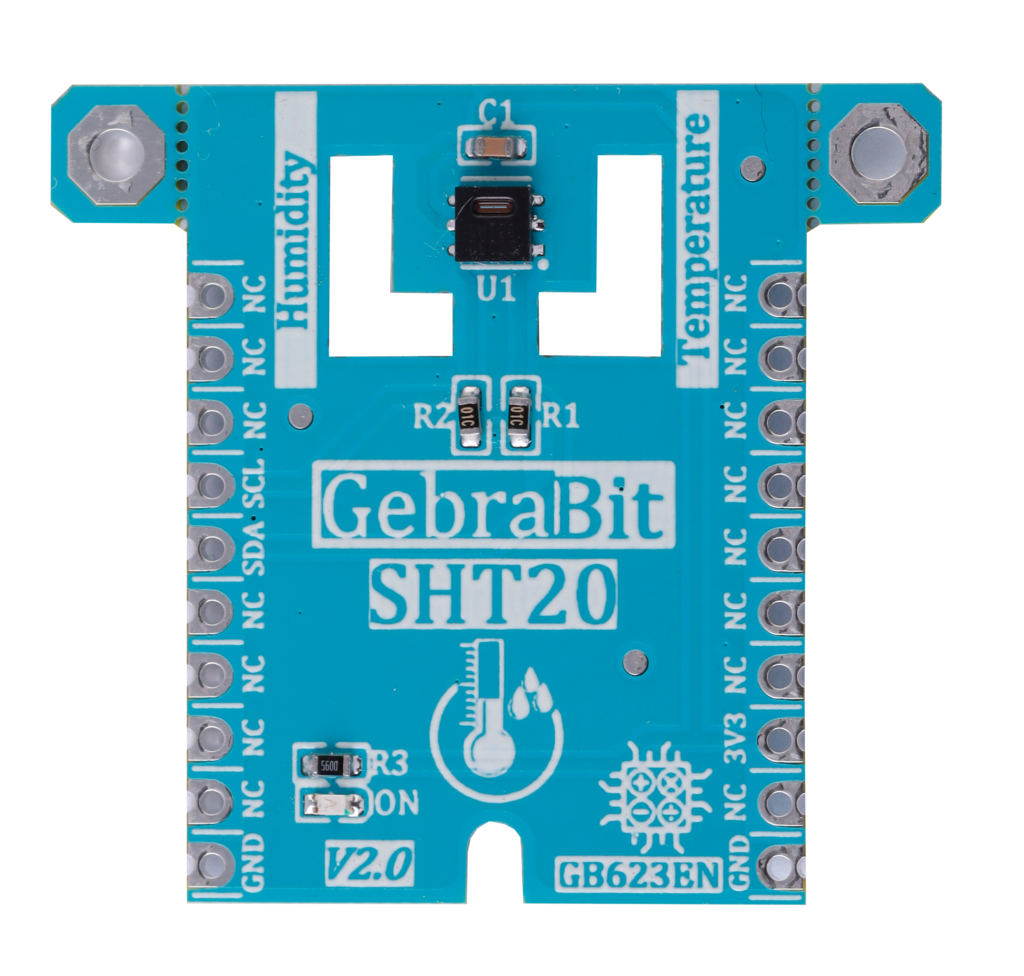
GebraBit SHT20 is a digital Humidity and Temperature measurement Module
GebraBit SHT20 operates with 3V3 input Supply Voltage and User can interface with module by I2C protocol.
GebraBit SHT20 has a digital humidity and temperature sensor named SHT20 that provides calibrated and linearized signals in digital I2C format.
Considering that it is difficult to access the sensor pins, the user needs a starter circuit and driver for the hardware development and of course the software development of the SHT20 sensor. GebraBit implements the SHT20 sensor circuit and provides access for the convenience of users.
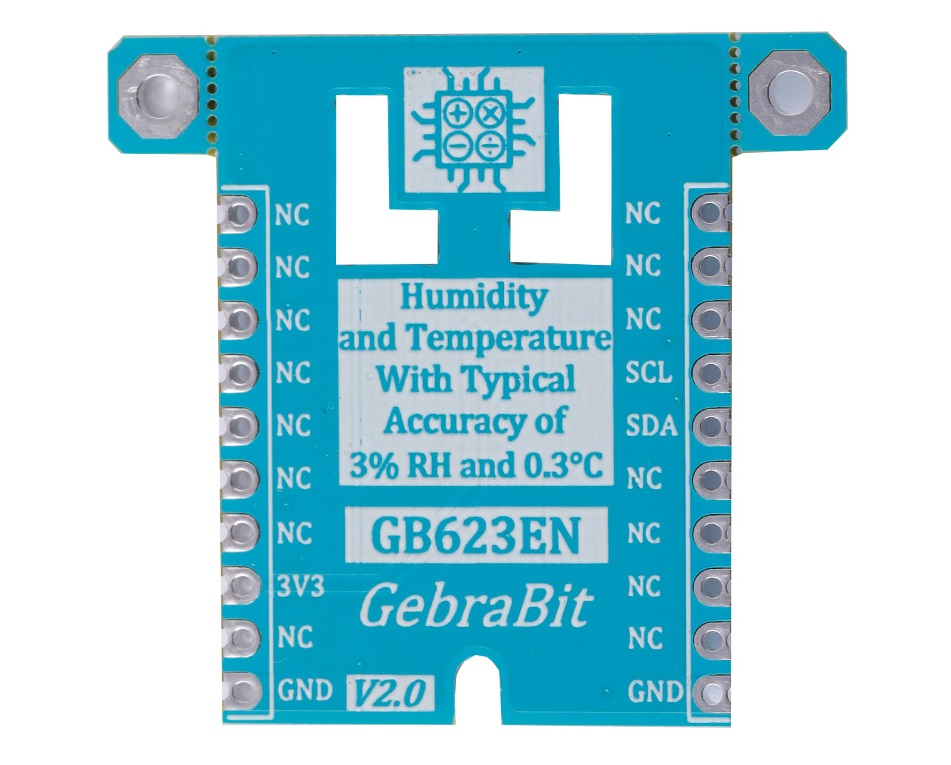
It is enough to put the GebraBit SHT20 module in the BreadBoard, then by applying the proper voltage set up the GebraBit SHT20 module with any of Arduino, Raspberry Pi, Discovery board, and especially we recommend using GebraBit microcontroller development modules (GebraBit STM32F303 or GebraBit ATMEGA32 module) then receive the data.

The reason for our recommendation when setting up the GebraBit SHT20 module with GebraBit microcontroller development modules (such as GebraBit STM32F303 or GebraBit ATMEGA32), is the presence of an internal 3V3 regulator on these modules and the compatibility of the pin order of all GebraBit modules together (GEBRABUS standard), it’s enough to Put the SHT20 in the corresponding socket as shown in the above picture and develop the desired sensor module without the need for wiring.
Introduction of module sections

SHT20 sensor
The humidity and temperature sensor of this module is placed on top of the module and its circuit is designed.
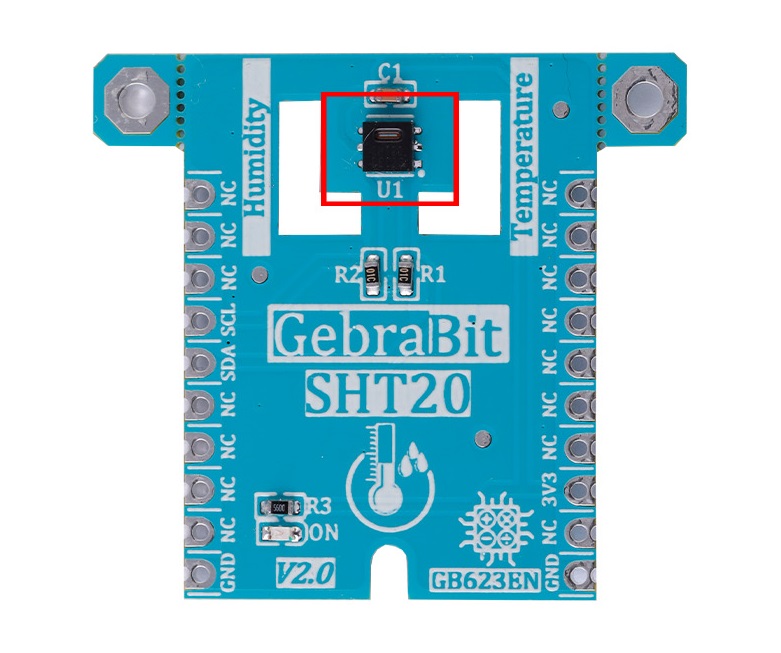
Power supply LED
By applying voltage to the module through the corresponding pin, the LED of the module will be lit.

GebraBit SHT20 Module pins
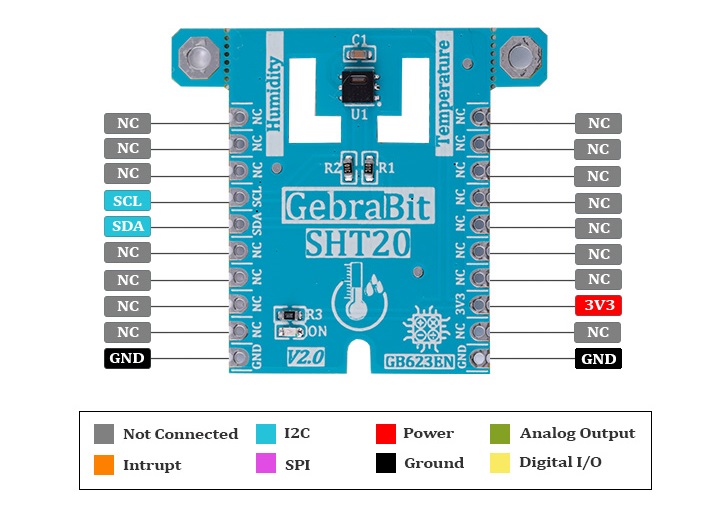
Supply pins
- 3V3: This pin can supply the sensor main power supply.
- GND: This is the common ground pin for power and logic level of the sensor.

I2C pins
- SDA: This pin is the I2C communication data pin, which is connected to the corresponding data pin in the microcontroller (processor).
- SCL: This pin is the I2C communication clock pin, which is connected to the corresponding clock pin in the microcontroller (processor).

Connect to the processor

I2C connection with GebraBit STM32F303
for i2c communication of GebraBit SHT20 and GebraBit STM32F303 microcontroller module, after defining SDA and SCL on pins PB9 and PB8 (for convenience in STMCUBEMX), follow the below steps:
- Connect the 3V3 pin of the SHT20 module to the 3V3 output pin of the microcontroller module. (red wire)
- Connect the GND pin of the SHT20 module to the GND pin of the microcontroller module (black wire).
- Connect the SCL pin of the SHT20 module to the PB8 pin of the microcontroller (SCL) module (blue wire).
- Connect the SDA pin of the SHT20 module to the PB9 pin of the microcontroller (SDA) module. (yellow wire)

Note: Considering that the PA14 pin of the GebraBit STM32F303 microcontroller module is used to program the microcontroller, I2C setting on the PA14 and PA15 pins is impossible in this version, so in this version for I2C connection with the GebraBit STM32F303 microcontroller module, GebraBit SHT20 module cannot be placed as Pin to Pin on it.
I2C connection with GebraBit ATMEGA32A
Considering that the I2C pins of the ATMEGA32A microcontroller are based on the GEBRABUS standard and correspond to the I2C pins of other GEBRABIT modules, the GebraBit SHT20 module can be placed pin to pin on the GebraBit ATMEGA32A module Here, for better understanding, the separate connection of these two modules is shown.

I2C Connection with ARDUINO UNO
follow the below steps to connect the GebraBit SHT20 module to the ARDUINO UNO:
- Connect the “3V3” pin of the SHT20 module to the “3V3” output pin of the ARDUINO UNO board. (Red wire)
- Connect the SCL pin of the SHT20 module to the A5 pin of the ARDUINO UNO board (SCL). (blue wire)
- Connect the SDA pin of the SHT20 module to the A4 pin of the ARDUINO UNO board (SDA). (orange wire)
How to connect the above mentioned steps, can be seen in this picture:


